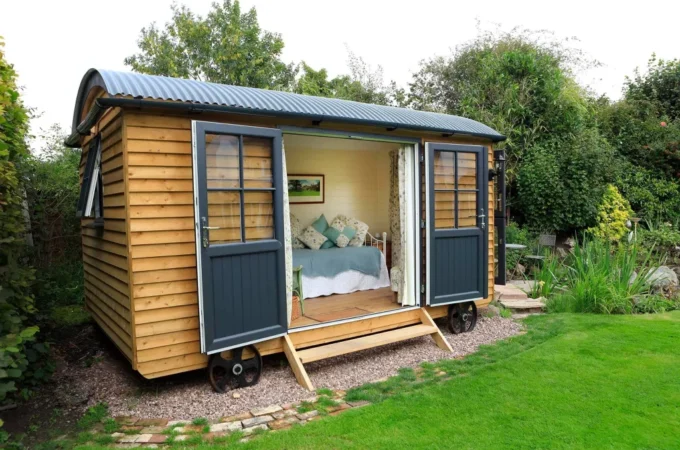
How to Properly Winterize Your Patio Furniture
Let’s face it – winter is just around the corner. And while we’re looking forward to the changing of the seasons and reconnecting with family over the holidays, the seasoned homeowner knows that now is the time to start preparing your home for the colder months ahead. In fact, every year, naïve homeowners cost themselves thousands of dollars in damages because of improperly winterized patio furniture, masonry, or siding. Proper care of patio furniture depends on the material it’s made of and the finish it has.
Metal

Most metal patio furniture (assuming it was sold as outdoor-capable) is powder-coated, so you don’t have to worry about rust. These pieces are crafted to live outside. However, you should plan to remove any cushions, pillows or other upholstered material and store somewhere dry inside.
If your patio furniture is made of wrought iron, it will rust, but no need to worry – simply spray these pieces with a spray paint or coating designed for wrought iron, which your local hardware store will carry. Once the spray coating dries, do remember to cover the furniture with a tarp if you live in an area where snow accumulates. The spray will prevent atmospheric rust, but will not stand up to months of being submerged in corrosive snow and ice.
Plastic
Plastic furniture is resistant to water and staining, but its brittle construction and potential sensitivity to drastic temperature changes means that plastic furniture should be brought inside for the colder months.
Natural wood

Most quality wooden patio furniture is made of teak or cedar, which is designed to be left outdoors year-round. Again, remember to bring inside any cushions or upholstery, and it’s recommended to coat the furniture in natural conditioning oil both before and after the winter months to ensure it maintains its trademark natural finish.
Non-teak or cedar pieces should be stored in a climate-controlled setting during the winter months or it will be subject to warping and cracking.
Fabric

Most outdoor fabrics are made of acrylic, which is designed to inhibit the growth of mold and mildew on things like pillows, cushions, parasols and awnings. To prepare your outdoor fabrics for winter, you should give them a thorough cleaning using a mild detergent or awning cleaning solution, and then stow them for the winter. The harsh conditions in the colder months will cause fading and damage to the life of your fabric.
Please note, awnings should be retracted or taken down for the winter months. The accumulation of snow can cause a tremendous weight burden on awning frames and parasols that they were not designed to carry and can damage or destroy them.
That’s it! As disappointed as we all are to be stowing our patio furniture away for the colder months, we’ll be back to enjoying our sun-soaked backyards in no time. With these simple tips and tricks, you’ll ensure you get the most out of your patio furniture and maintain its beauty for years to come.




